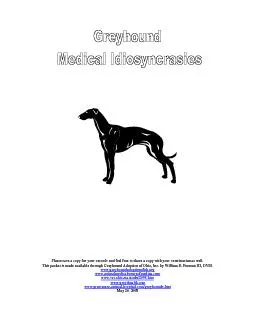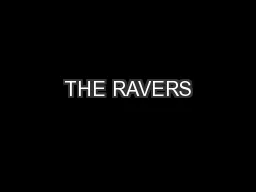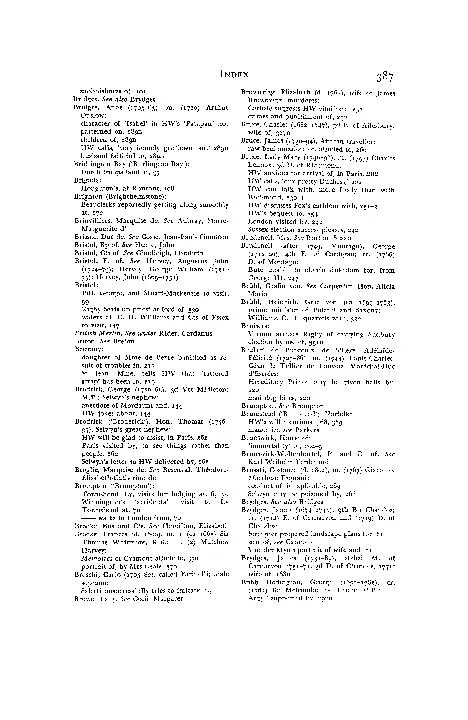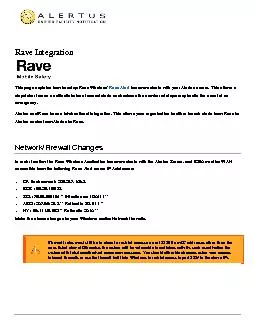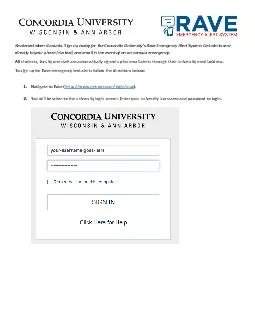PDF-you will soon see why people who are owned by Greyhounds rave about th
Author : conchita-marotz | Published Date : 2015-08-10
overdiagnosed disease in Greyhounds today is hypothyroidism Greyhounds have a normal thyroid level that is lower than the reference ranges used for other breeds
Presentation Embed Code
Download Presentation
Download Presentation The PPT/PDF document "you will soon see why people who are own..." is the property of its rightful owner. Permission is granted to download and print the materials on this website for personal, non-commercial use only, and to display it on your personal computer provided you do not modify the materials and that you retain all copyright notices contained in the materials. By downloading content from our website, you accept the terms of this agreement.
you will soon see why people who are owned by Greyhounds rave about th: Transcript
Download Rules Of Document
"you will soon see why people who are owned by Greyhounds rave about th"The content belongs to its owner. You may download and print it for personal use, without modification, and keep all copyright notices. By downloading, you agree to these terms.
Related Documents

